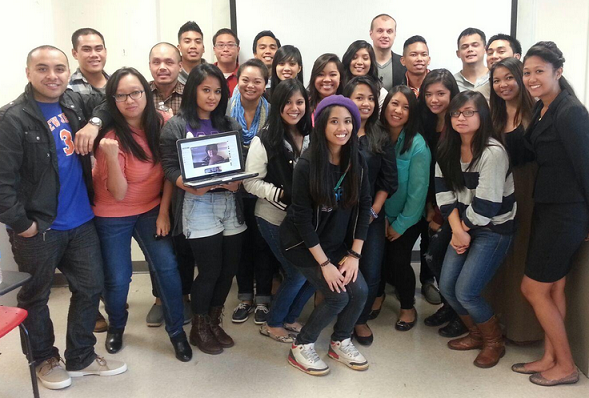What does it mean to lose Medicaid coverage?
We want to share some of the important questions we received from readers. Hope you will find them useful.
What is Medicaid redetermination (Unwinding of the Medicaid Continuous Enrollment Provision) and how does it affect my Medicaid?
Medicaid eligibility is required to be renewed periodically, but during the COVID public health emergency, Medicaid disenrollment has been paused in every state by federal provision. However, the continuous coverage requirement ends on March 31, 2023. Your state checks whether you still qualify for Medicaid coverage and will be able to resume Medicaid disenrollments starting April 1, 2023. The disenrollments will not occur all at once, as the process will be spread out across most of 2023 and the first part of 2024. To be prepared for Medicaid redetermination, make sure your contact information is updated so that you can receive any communications your state sends you. When you receive a Medicaid packet or letter in the mail, you need to fill out the renewal form and send it (with requested documents if applicable) to the address provided. If you are ineligible to renew your Medicaid, you will qualify for a special enrollment period to find and enroll in a new health insurance plan in time for your loss of Medicaid coverage.
What option do I have if I lose Medicaid after unwinding Medicaid continuous enrollment condition?
There will generally be three options for those who are no longer eligible for Medicaid as the result of the Medicaid unwinding process.
Option 1: You can re-apply for Medicaid to find if you still qualify. If your income level or medical need changes, you might qualify for Medicaid in your state. You can apply any time, and there’s no limit to the number of times you can apply.
Option 2: You may be able to get low-cost, quality health coverage through the ACA Marketplace. Submit a new or updated Marketplace application and provide the proof of the last date of Medicaid between March 31, 2023 and July 31, 2024, then you will be eligible for this temporary Special Enrollment Period (SEP). You will have a 60 days’ window after you submit your application to select a Marketplace plan.
Option 3: You may be able to sign up for Medicare without paying a late enrollment penalty. If you now qualify for Medicare but didn’t sign up for it when you first became eligible, you have a limited time (SEP) to sign up without paying the usual penalty. Your SEP starts the day your state notifies you that your Medicaid coverage is ending and continues for 6 months after your Medicaid coverage ends.
Plus, you can try to apply for Medicare Savings Programs to get assistance for your Medicare copays and/or deductibles.
I am eligible for Social Security retirement based on my 40 working credits and eligible for spousal benefits based on my husband’s Social Security credits. I am 62 soon and trying to claim spousal retirement which is higher than my worker’s benefit. How much would it be and how do I apply for it?
You could apply for spousal retirement benefit once you reach the age of 62 if your husband already started receiving his retirement. The rule is that depending on your age upon claiming, spousal benefit can range from 32.5% to 50% of your husband’s primary insurance amount (PIA), which is the monthly benefit the retiree is entitled to at full retirement age (FRA). When you apply for spousal benefit at 62, you will receive 32.5% of the husband’s PIA permanently. The longer you wait to claim the spousal benefit until your FRA, the bigger the monthly amount grows. The maximum amount you can receive is up to 50% of his PIA. If your husband took his retirement earlier than his FRA, your spousal benefit in turn will be counted based on his reduced amount.
When you apply for spousal benefit, you must apply for both your worker’s benefit and spousal benefit at the same time. Social Security pays worker’s benefit first, then adds enough of the spousal benefit to make up the difference and match the higher amount.
National Asian Pacific Center on Aging (NAPCA) is a non-profit organization dedicated to improving the quality of life of AANHPI older adults and their families. We operate a NAPCA Senior Assistance Center for Older Adults and Caregivers and we are available in five languages. If you have additional questions around the topics of Medicare, Medicaid, Affordable Care Act or other senior benefits, there are three ways you can reach us.
1-Call our Senior Assistance Center at: (English) 1-800-336-2722
2-Email: askNAPCA@napca.org
3-Mail: NAPCA Senior Assistance Center, 1511 3rd Avenue, Suite 914, Seattle, WA 98101














